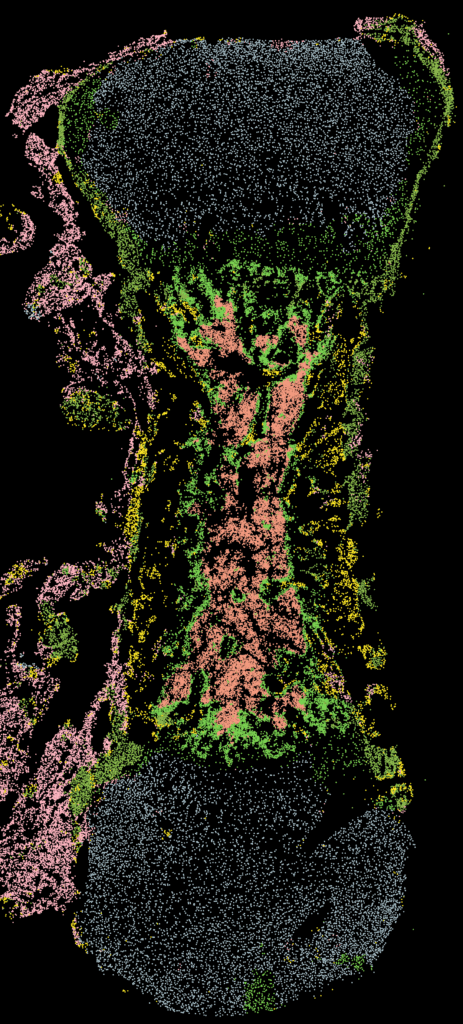Menstrual cycle effects on athletes: Insights and methods from a research camp
Collaborators

Studying the menstrual cycle and its impact on performance is a challenging task. There are many more variables to take into account than when studying performance in males. Is the person using hormonal contraception? If so, what kind? What phase of the menstrual cycle is the person in when symptoms appeared?
One innovative strategy to address this challenge is a research camp. Alannah McKay from the Australian Catholic University and colleagues organized a research study around a 5-week residential training camp for Australian First National female Rugby League athletes. The approach provided a unique opportunity to monitor each participant across their menstrual cycle in a way that was both experimentally rigorous and reflective of the real world.

A recent publication in Medicine & Science in Sports & Exercise highlights their findings. They characterize the menstrual cycle function, hormonal profiles, and symptoms of the study’s 24 participants and also describe the unique research protocol used to collect the data.
The study showed that naturally cycling athletes tended to report more symptoms than athletes using hormonal contraception though the number of days of symptoms were similar, indicating a higher likelihood of naturally cycling athletes experiencing multiple symptoms. Regardless of menstrual cycle function, however, there was a positive association between bleeding and symptoms.
The most challenging phase for the team to capture was Phase 2, a very short window prior to ovulation of around 14-26 hours. They used numerous strategies in order to isolate Phase 2 in a non-invasive way, but were unable to consistently identify Phase 2 in the athletes.
More importantly, the study aimed to offer strategies to navigate the challenges associated with studying female athletes. It outlines the protocols implemented to address these challenges and serves as a resource for investigating symptoms throughout the menstrual cycle. Specifically, the team underscored the significance of collecting distinct data sets during different phases of the menstrual cycle within the daily training environment.
As the authors noted, they created a table featuring challenges and protocols. The authors hope this work enables “others to follow in our footsteps, or to gain ideas and skills that might improve their confidence and willingness to embark on female athlete research projects of different types.”
This work is part of the Wu Tsai Human Performance Alliance Female Athlete Program at Boston Children’s Hospital and was co-funded with the Australian Institute of Sport.
Latest News

May 29, 2025
Is exercise before sleep linked with poorer sleep?

May 23, 2025
Skeletal stem cells key to stronger bones, better healing

March 13, 2025
Wu Tsai Human Performance Alliance Research Round-Up – March 2025
Get Engaged
Join our mailing list to receive the latest information and updates on the Wu Tsai Human Performance Alliance.
